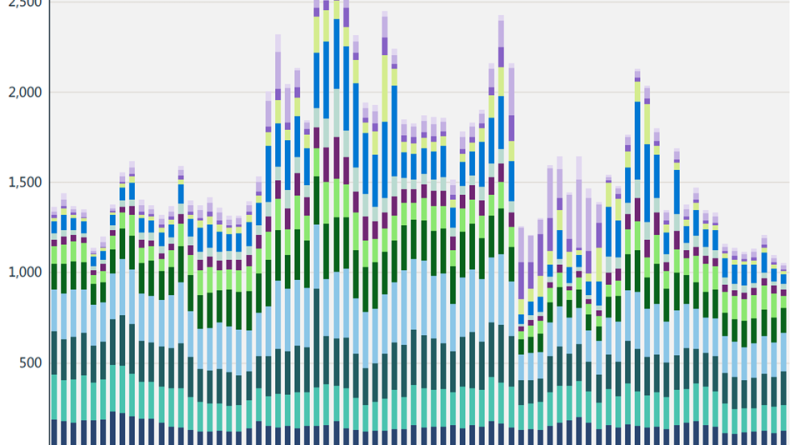Former VMware exec Gillis resurfaces to run Cisco security business (again)
Industry veteran Tom Gillis, who left VMware in December, has returned to Cisco in a new but familiar role: senior vice president and general manager of Cisco’s Security Business Group. From 2007 to 2011, Gillis was vice president and general manager of Cisco’s then-called Security Technology Group, which focused on developing network, content and identity management products.After that, Gillis founded cloud computing firm Bracket Computing, which was acquired by VMware in May 2018.Gillis ran VMware’s $2 billion networking and security business from that point until this past December, and he was responsible for a number of its core products, including VMware’s NSX networking and network/edge software products. To read this article in full, please click here READ MORE HERE…










